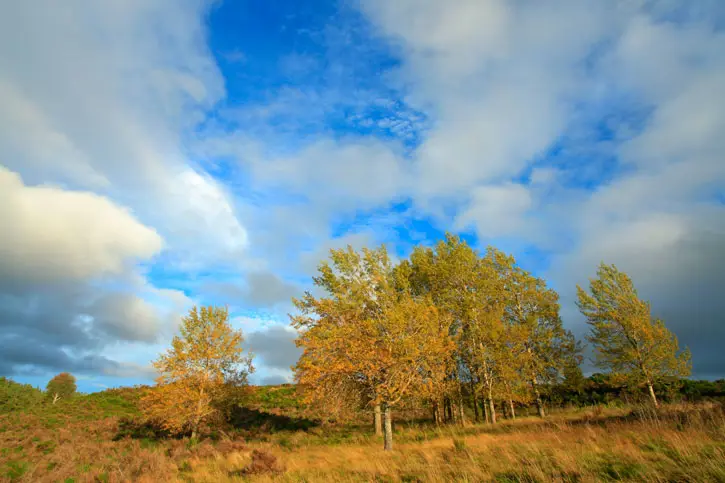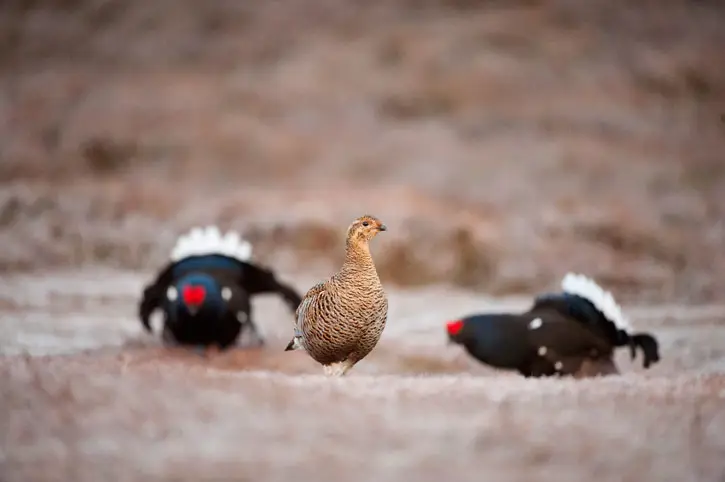The woodland fringes
The woodland fringes
The woodland fringe is the zone of scattered trees and shrubs that once linked forests with open mountaintops.
Unfortunately, this ecologically important landscape has almost vanished from Scotland – along with much of the special wildlife that lived there.

Mark Hamblin/2020VISION
Why is this area so special?
We’re used to seeing hard edges to our forests, where sheep and deer graze right up to fences. You probably hate these unnatural straight lines. So do we – and they’re not good for wildlife either.
Birds and animals prefer it when the tree cover thins gradually into the higher slopes. That way, they get shelter from the worst of the elements, cover from predators and more open areas to display and feed.
Rare and unusual species of trees and shrubs thrive in this transition zone too.
Restoring the woodland fringe in Galloway
In Galloway, we’re working with partners to restore this forgotten habitat. When complete, we’ll have replaced 3,000 hectares of forest plantation with native treeline woodlands.
That’s a lot of trees... so the first step has been to find wild populations of rare tree species so we can grow new plants from cuttings and seed.
- Juniper: There were just 300 bushes in Galloway Forest Park. After rearing new plants in our nursery, we’ve planted out nearly 3,000.
- Aspen: Aspen was only found in remote crags and gorges. We used pioneering technology to clone 50 plants for propagation, and now have 50,000 available to plant in the woodland fringe. Distributing the clones around the woodland fringe and elsewhere within the forest should ensure enough genetic diversity in the future.
- Downy willow: This is very rare in Scotland but we found more than 250 mature bushes. Volunteers have collected cuttings and seed, and raised new healthy plants.
Keep a look out for:
- Black grouse
- Juniper
- Downy willow
- Nightjar
- Pine marten

Mark Hamblin/2020VISION